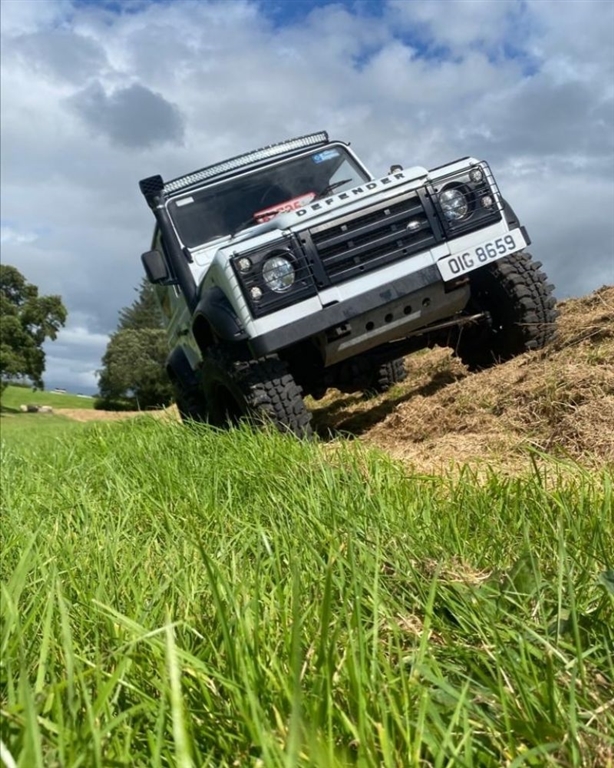Land Rover Off-Roading Tips: Master the Trails
Taking your Land Rover off-road is an exhilarating experience that combines adventure, skill, and the unmatched capability of your vehicle. Whether you’re new to off-roading or a seasoned explorer, it’s always good to brush up on techniques and tips to make the most of your journey while staying safe. Here are essential off-roading tips to help you conquer the trails in your Land Rover.
1. Know Your Vehicle
Before heading off-road, familiarize yourself with your Land Rover’s features and capabilities. Key systems to understand include:
- Terrain Response: Adjust this setting based on the terrain you’re navigating, such as mud, sand, or rocks.
- Hill Descent Control: Helps you maintain a controlled speed when descending steep inclines.
- Ground Clearance: If your vehicle has adjustable air suspension, raise it for challenging terrains.
- Locking Differentials: Use these for improved traction on slippery or uneven surfaces.
Knowing how to activate and use these features can make a significant difference when tackling tough trails.
2. Plan Your Route
Research the area you plan to explore. Use maps, GPS, or apps designed for off-road navigation. Check the trail’s difficulty level and ensure it’s suitable for your experience and your Land Rover’s capabilities.
Be aware of weather conditions and have an alternative route in case the trail becomes impassable. Share your plans with someone who can raise the alarm if you don’t return on time.
3. Pack Essential Gear
Always carry essential gear for safety and recovery, including:
- Recovery straps and shackles
- A heavy-duty winch (if available)
- A first aid kit
- A tire repair kit and portable air compressor
- Shovel and traction boards
- Spare fuel and water
Packing these items ensures you’re prepared for unexpected situations.
4. Adjust Tyre Pressure
Lowering your tire pressure can improve traction on soft surfaces like sand or mud. Be cautious not to deflate them too much, as this can increase the risk of damaging the tire or rim. After the trip, reinflate your tires to the manufacturer’s recommended pressure.
5. Drive Smoothly
Off-roading requires finesse rather than speed. Use steady and controlled throttle inputs to avoid wheel spin. When climbing or descending, maintain a consistent pace and avoid abrupt braking or acceleration.
Remember, slow and steady wins the race—especially when navigating technical terrain.
6. Use Spotters and Cameras
When tackling obstacles like large rocks or tight trails, a spotter can guide you through safely. If you’re alone, rely on your vehicle’s cameras (if equipped) to monitor blind spots and tricky sections.
7. Stay on Marked Trails
Respect nature by sticking to designated trails. Off-roading on unmarked paths can damage ecosystems and lead to fines or restrictions. Leave no trace by packing out all your trash and minimizing your impact.
8. Recover Safely
If you get stuck, avoid panicking. Use recovery gear like traction boards or a winch to free your vehicle. Never attempt risky recovery methods that could damage your vehicle or endanger others.
Ensure all bystanders are at a safe distance during recovery operations.
9. Practice Before Challenging Terrain
If you’re new to off-roading, start with easier trails to build your skills. Practice using features like locking differentials, low-range gears, and hill descent control in a controlled environment.
10. Respect Your Limits and Your Vehicle’s
Know when to turn back. Pushing beyond your comfort zone or your Land Rover’s capabilities can lead to accidents or damage. Adventure is about enjoying the journey, not risking safety.
Conclusion
Off-roading in a Land Rover is about combining the vehicle’s incredible capability with your driving skill and preparation. By following these tips, you can tackle trails with confidence and make unforgettable memories in the great outdoors. Remember to stay safe, respect the environment, and embrace the spirit of adventure every time you go off-road.
Back



